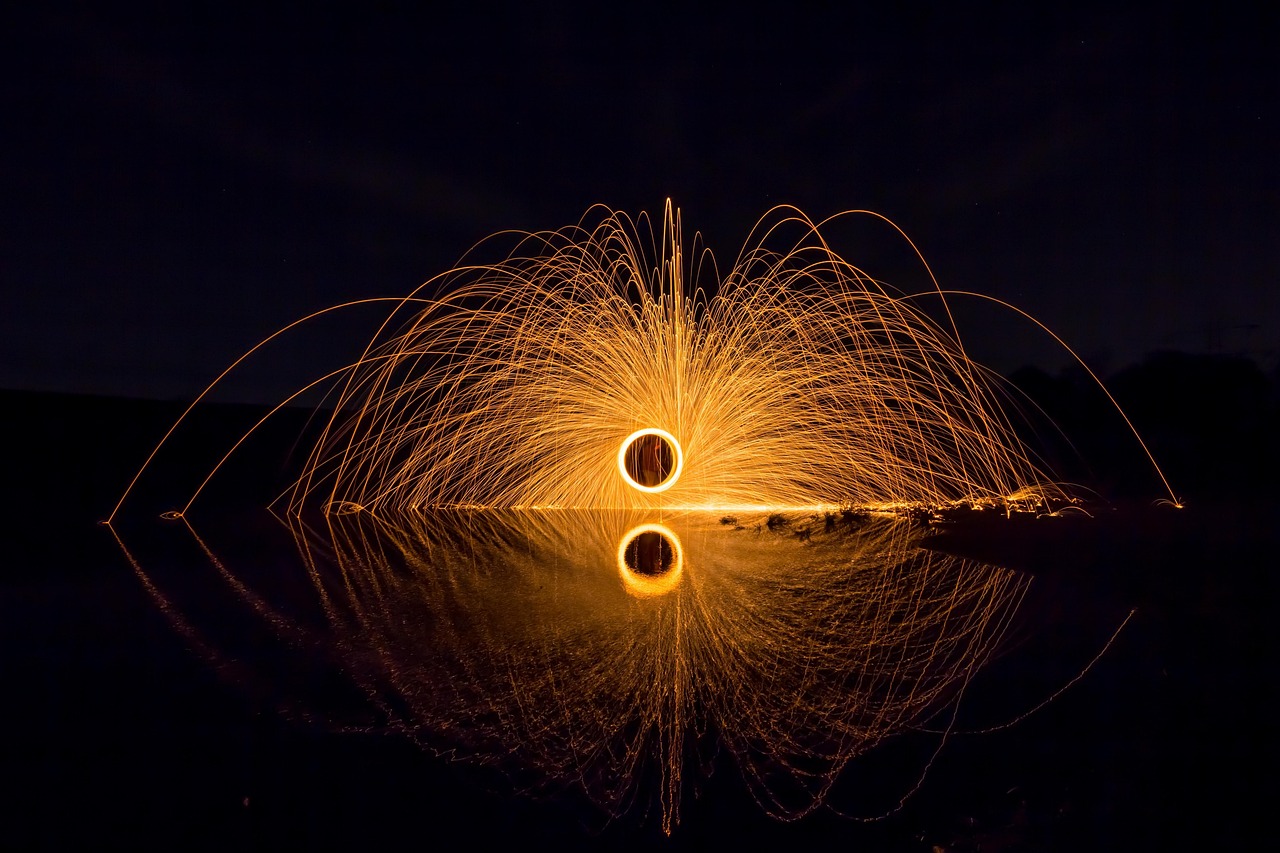
Lighting tips for photography Artificial light.
Photography is art. People will spend hours in museums and galleries analysing a person's photographs for meaning. Like paintings, photographs have a message, sometimes it will evoke sadness, happiness, a carefree attitude and thought. There are many techniques a budding photographer will learn to evoke the desired emotions. One such technique is the use of artificial lighting. Artificial lighting is not always as fun and easy as sunlight, but you can use it to create some wonderful photographs once you know how.
Indoor lighting often consists of fluorescent and tungsten bulbs. Tungsten bulbs are used by professional photographers as 'hot lights' because of the high temperature they produce. In photography it is important to understand the temperature scale in relation to the colours they produce. A hot light produces more red and less blue. Firelight and candlelight, although not artificial, can be used in doors to create shadows and depth.
When using indoor light, especially artificial light, you need to understand exposure. If you have less light, it will take longer to expose the film to take a photograph. Part of exposure is angle. Lets talk about taking pictures in a museum. For example, I was in a museum with minerals behind glass and a woman made the statement that if she took the picture nothing would come of it. This is not true. Firstly, in a dark room where you have direct light on the subject, you will not want to use the flash. The flash will bounce the light back onto the picture. The next step is to get as close to the glass as possible. The third consideration is angle. If you shoot directly at the subject, the light and shadows will bounce around. You will need to angle the camera to the side or up from the floor to get the shot. If you do not have glass in the way, the angle will still be important, especially when taking portraits. Shooting a subject head-on is likely to create shadows and detract from the print. The best angle for portraits is often up in the face.
When photographing faces or other objects, you usually want three-dimensional contrast. You need to look for the planes and contours of the subject, especially in portrait photography. The planes and contours will help you determine the angle from which to shoot the subject. The shadows will often provide the three-dimensional contrast if you find the right levels and angle from which to shoot. This helps with pictures that you want to stand alone.
Artificial lighting needs to be mobile. Simply turning on your house lights will not give you the effect you want. Instead, it can wash out the subject, place the light at the wrong angle or create too much shadow in one area. You need to have lights on tripods to change the angle to suit your needs. Rooms are small, which is one reason why overhead lights can be either too strong or not direct enough. The following lighting tips will improve your photographic skills. Most amateur photographers find that taking a lighting course and reading a few books on the subject will help them learn proper lighting techniques. The reason for lessons is to give feedback. You may be happy with the shot, but suggestions can help you perfect the shot in the future.
Artificial light has advantages over outdoor or natural light, but sometimes the picture comes out better with natural light. It may be a matter of preference, or what the client or subject wants. Most of the time, you never have artificial light outdoors; you usually rely on your camera's flash to help with image quality. When choosing your lighting, look for the best lighting situation to enhance your subject and make your image as natural as possible.